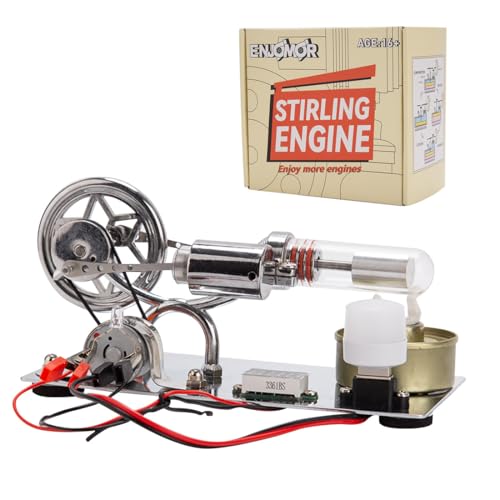- Joined
- Aug 25, 2007
- Messages
- 3,890
- Reaction score
- 715
I wanted to engineer a small load for my plumbing parts engine but didn't want to use friction nor did I want to go to the trouble of hooking up a generator of some kind. I saw an eddy current brake applied to a flame sucker engine on youtube so thought I would try it on my engine. I used 4 really strong magnets in a steel frame. The picture says it all.

The drag created by this arrangement lets me open up the throttle more on vapor carb and it makes it run (and sound) better.
I'll have a short video added pretty soon.
Chuck

The drag created by this arrangement lets me open up the throttle more on vapor carb and it makes it run (and sound) better.
I'll have a short video added pretty soon.
Chuck

















![DreamPlan Home Design and Landscaping Software Free for Windows [PC Download]](https://m.media-amazon.com/images/I/51kvZH2dVLL._SL500_.jpg)









































